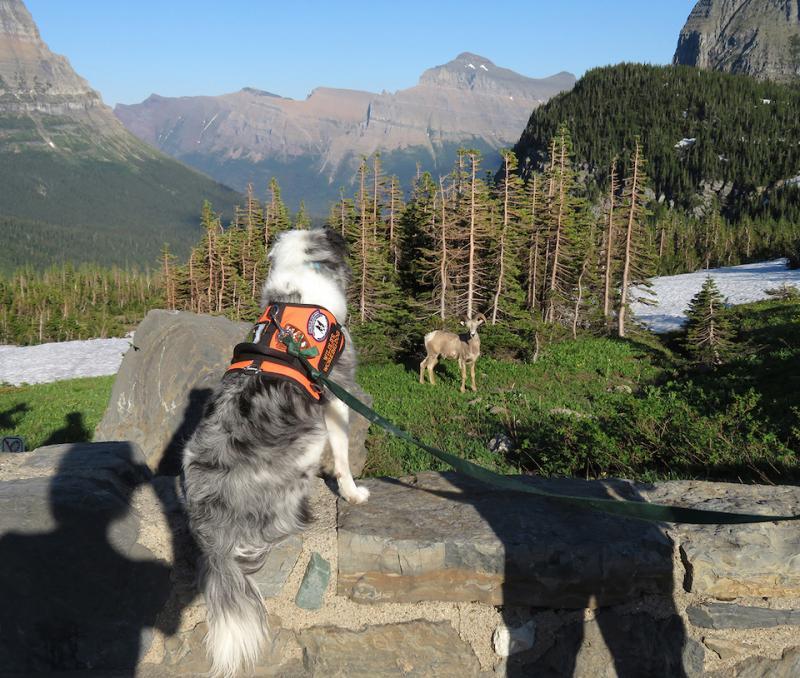Exploring the great outdoors with our furry companions can be one of life’s greatest joys. As more people embrace the adventure of hiking and camping, national parks have become popular destinations for nature enthusiasts and their pets. However, the presence of pets in these pristine environments has sparked a conversation about the balance between welcoming them and preserving the natural habitats. In this article, we will navigate the intricate landscape of pet policies in national parks, offering guidance on where pets are celebrated and where they might be better left at home. Join us as we embark on this journey to understand the delicate interplay between our four-legged friends and the wild wonders of our national parks, ensuring that both can coexist harmoniously.
Balancing Conservation and Companionship Understanding the Impact of Pets on Wildlife Exploring Pet-Friendly Trails and Restrictions in National Parks Recommendations for Responsible Pet Ownership in Nature
Exploring the great outdoors with our furry friends can be a rewarding experience, yet it’s essential to recognize the potential impact pets have on local wildlife. National parks often serve as sanctuaries for diverse ecosystems, where the presence of pets may inadvertently disturb native species or their habitats. This has led to a patchwork of pet-friendly trails and strict restrictions designed to protect both pets and wildlife. Understanding these guidelines is crucial for ensuring that our adventures are both enjoyable and environmentally responsible.
For those eager to hit the trails with their pets, many parks offer designated pet-friendly paths. To enjoy these spaces responsibly, consider the following recommendations:
- Always keep your pet on a leash to prevent them from chasing or harming wildlife.
- Stay on marked trails to minimize habitat disturbance.
- Carry waste bags and dispose of them properly to maintain the natural beauty of the park.
- Respect seasonal restrictions that protect vulnerable wildlife during breeding or migration periods.
By adhering to these guidelines, we can foster a harmonious balance between conservation efforts and the companionship of our beloved pets.

